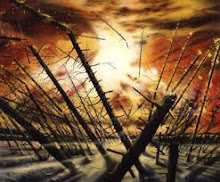Although meteors have been known since ancient times, they were not known to be an astronomical phenomenon until early in the 19th century. Prior to that, they were seen in the West as an atmospheric phenomenon, like lightning, and were not connected with strange stories of rocks falling from the sky. Thomas Jefferson wrote "I would more easily believe that (a) Yankee professor would lie than that stones would fall from heaven." He was referring to Yale chemistry professor Benjamin Silliman's investigation of an 1807 meteorite that fell in Weston, Connecticut. Silliman believed the meteor had a cosmic origin, but meteors did not attract much attention from astronomers until the spectacular meteor storm of November 1833. People all across the eastern United States saw thousands of meteors, radiating from a single point in the sky. Astute observers noticed that the radiant, as the point is now called, moved with the stars, staying in the constellation Leo.
The astronomer Denison Olmsted made an extensive study of this storm, and concluded it had a cosmic origin. After reviewing historical records, Heinrich Wilhelm Matthias Olberspredicted the storm's return in 1867, which drew the attention of other astronomers to the problem. Hubert A. Newton's more thorough historical work led to a refined prediction of 1866, which proved to be correct. With Giovanni Schiaparelli's success in connecting the Leonids (as they are now called) with comet Tempel-Tuttle, the cosmic origin of meteors was now firmly established. Still, they remain an atmospheric phenomenon, and retain their name "meteor" from the Greek word for "atmospheric".



